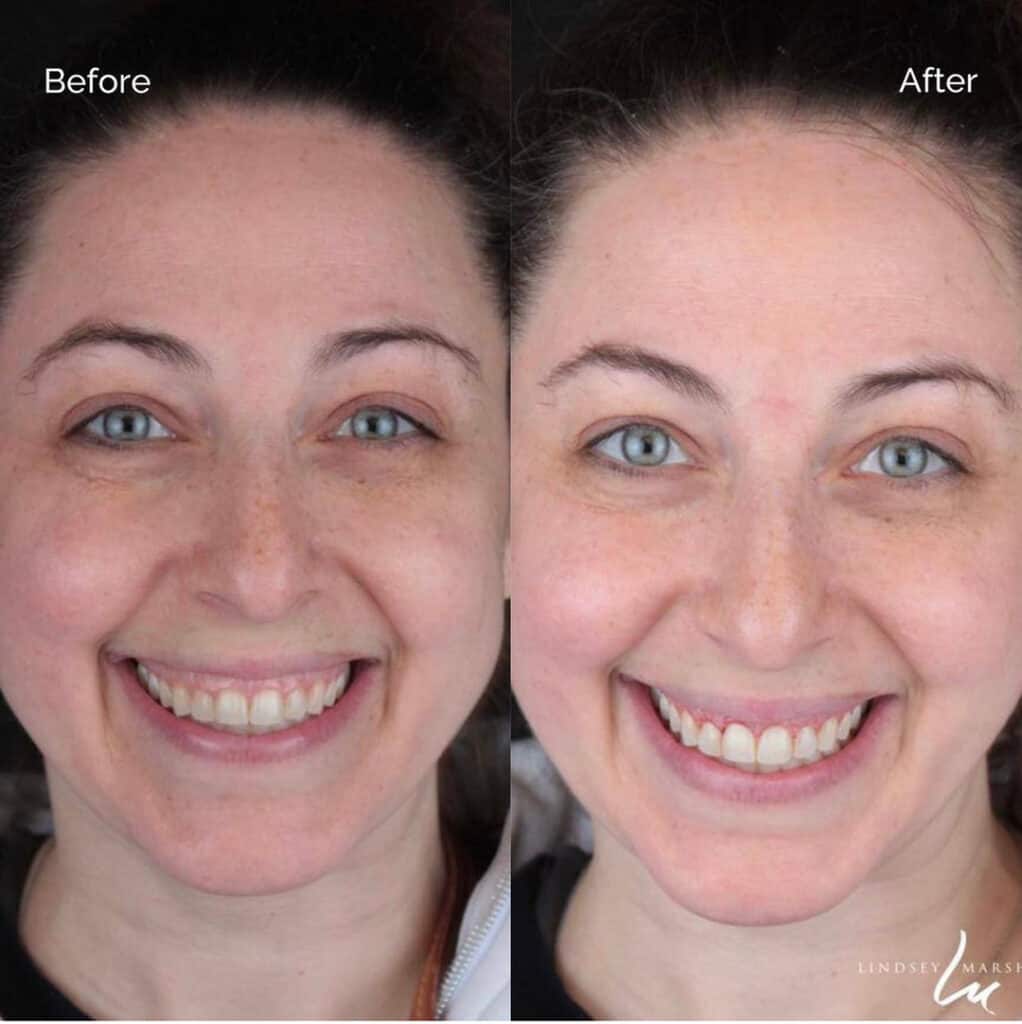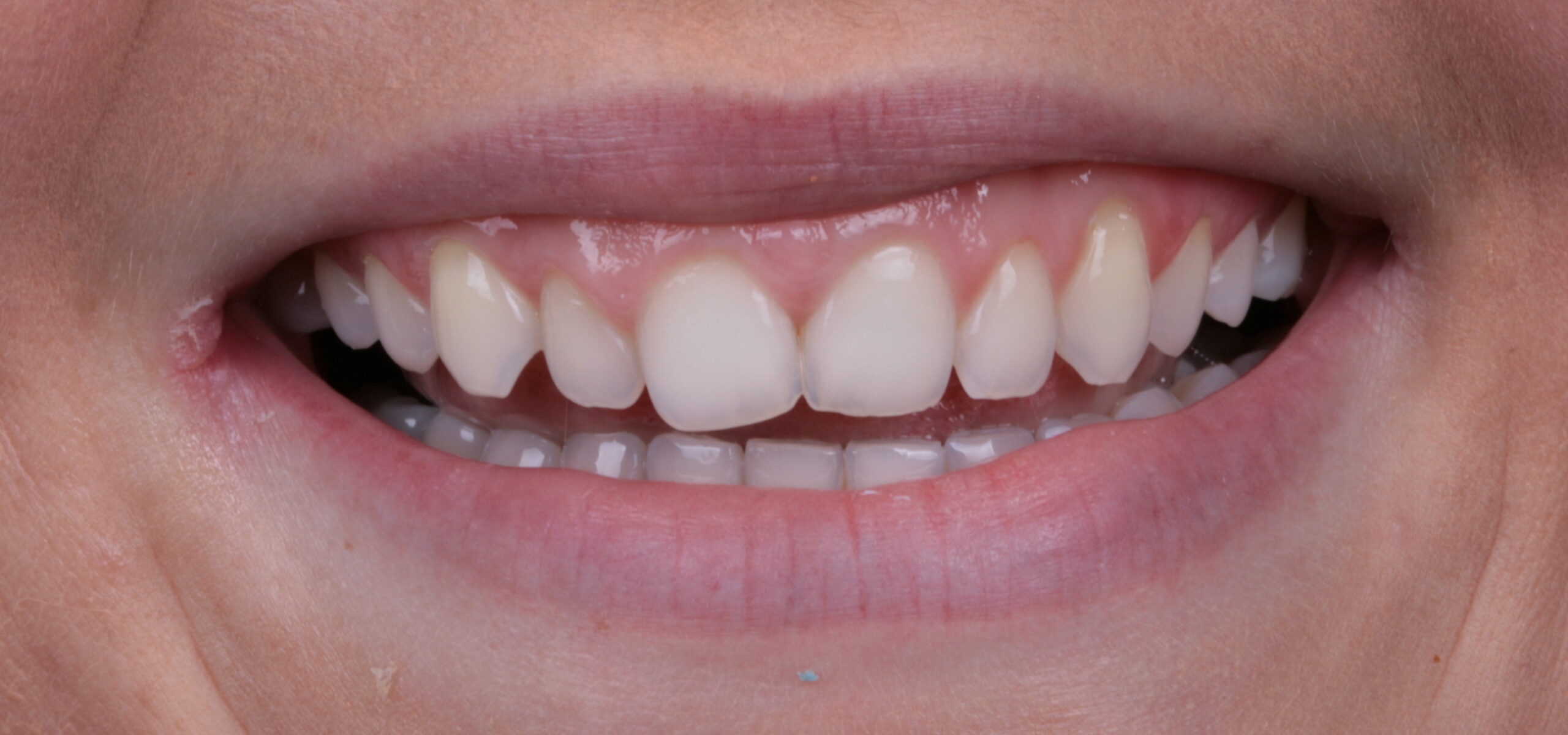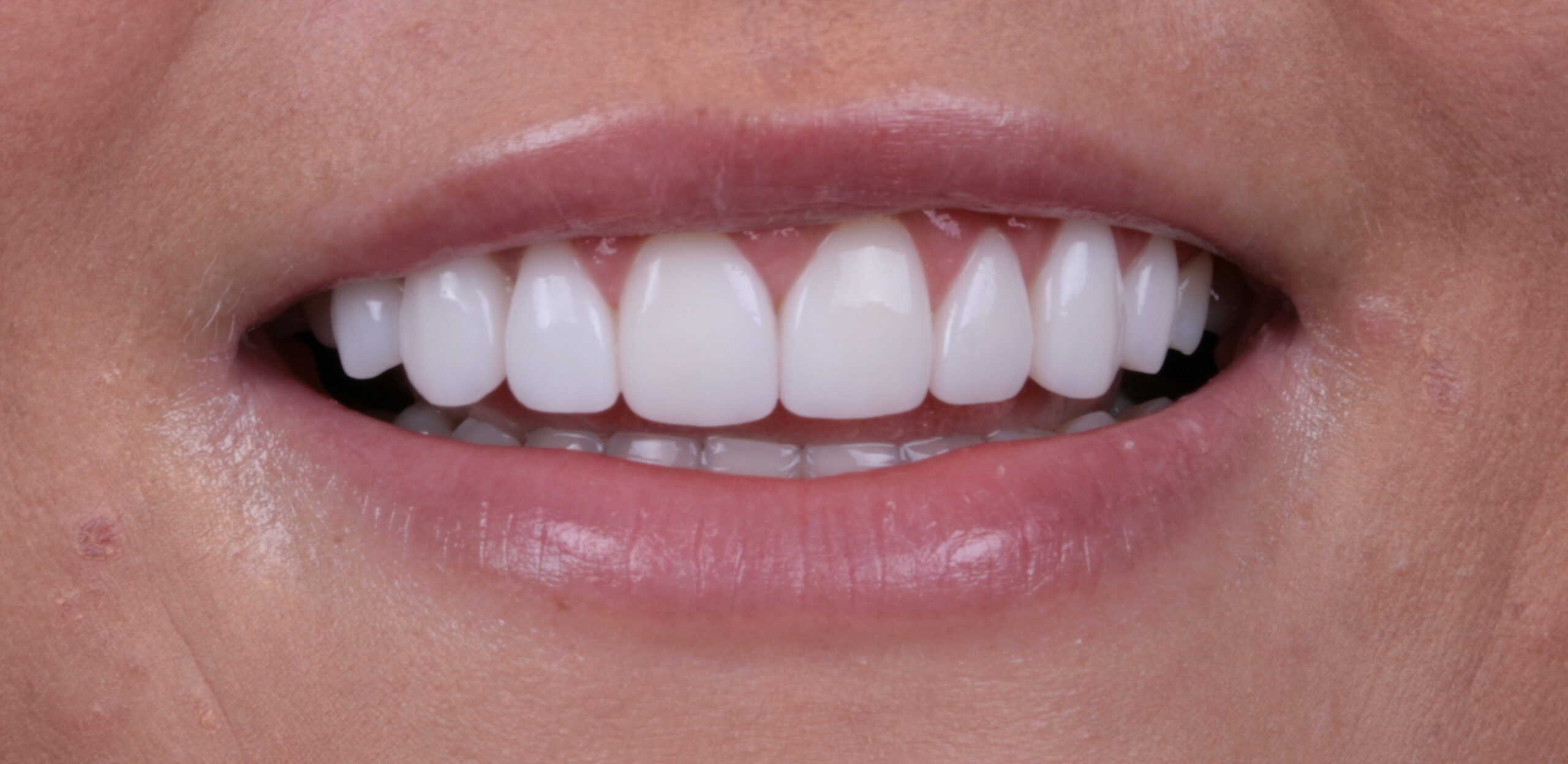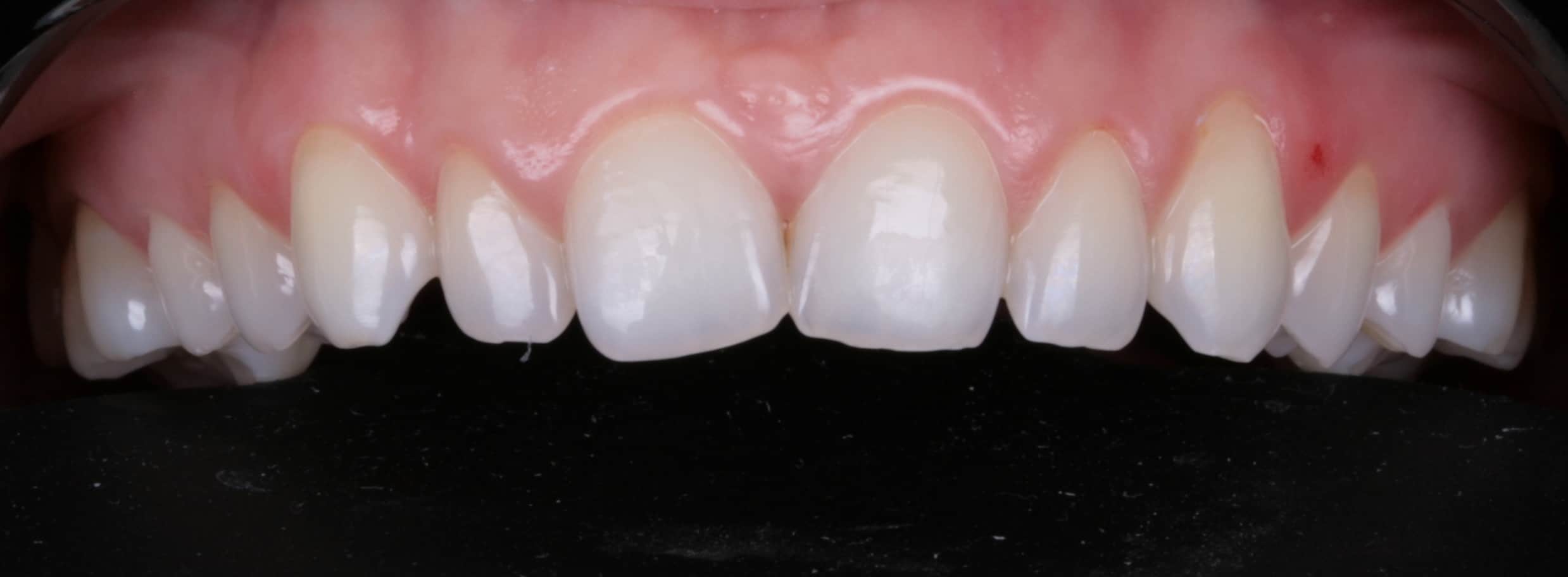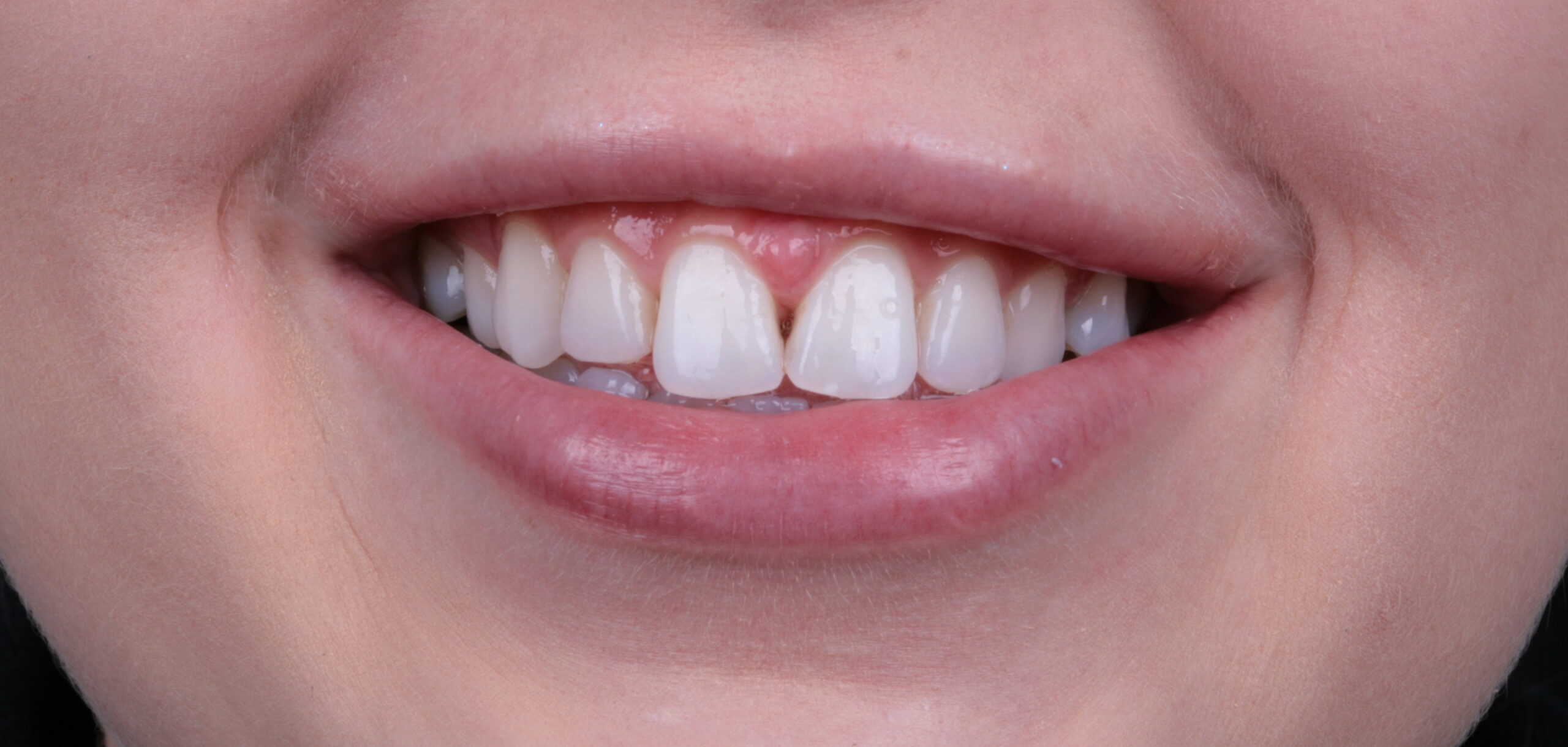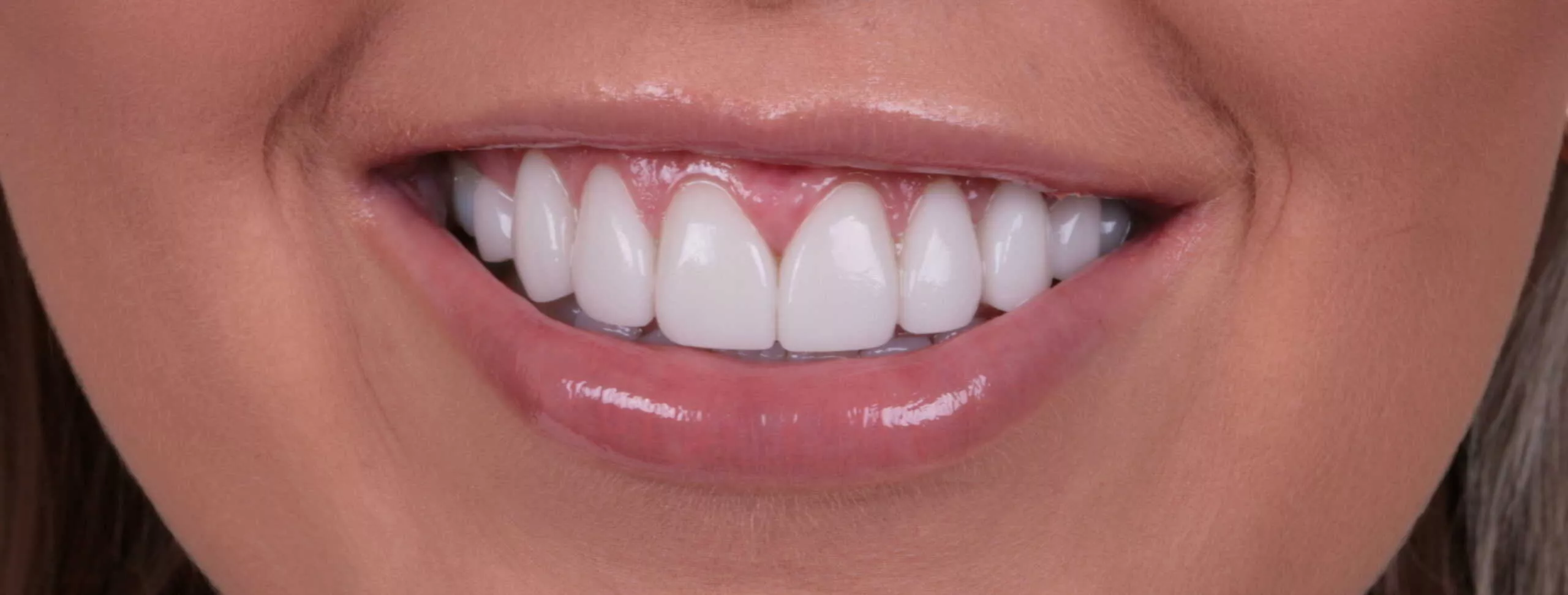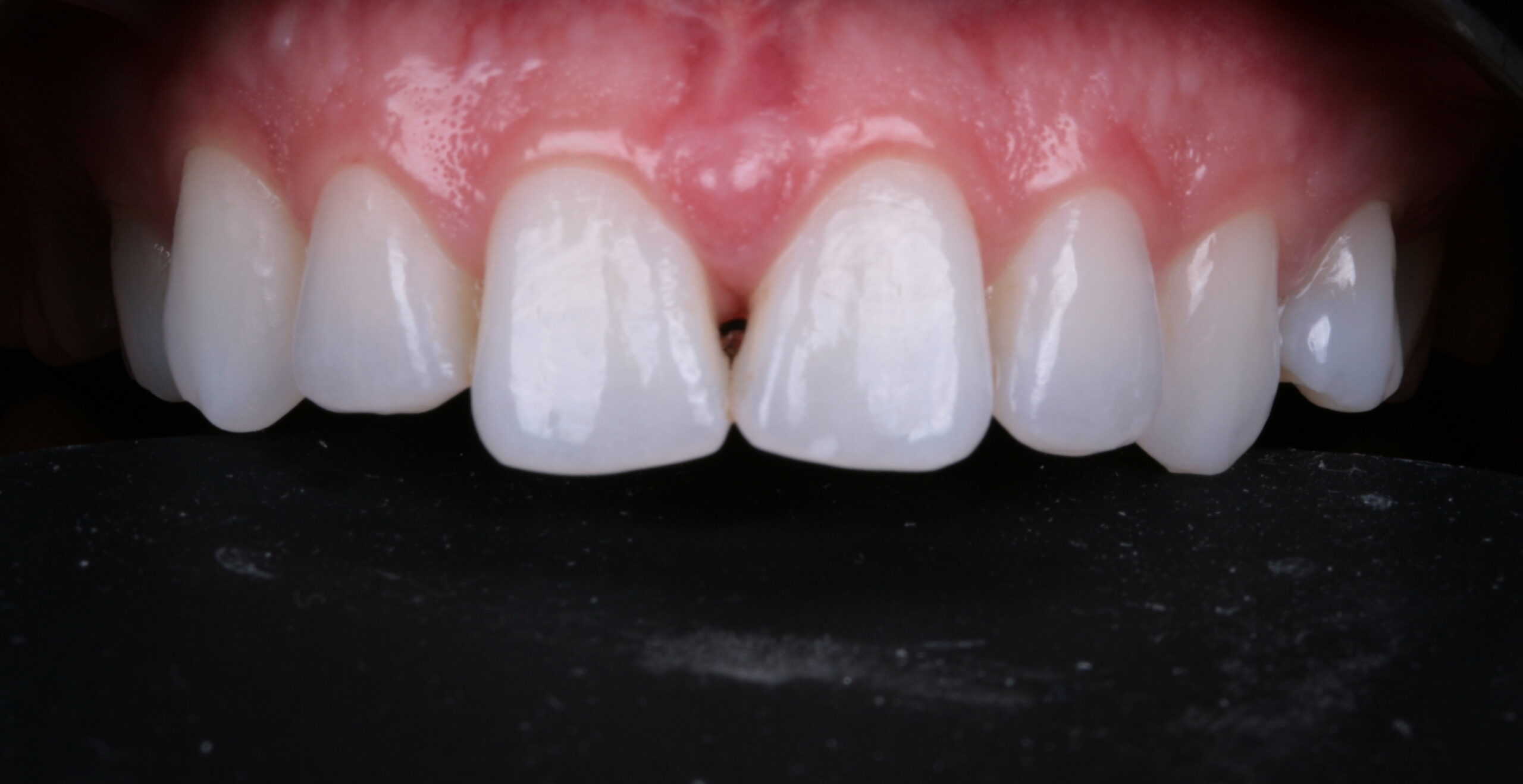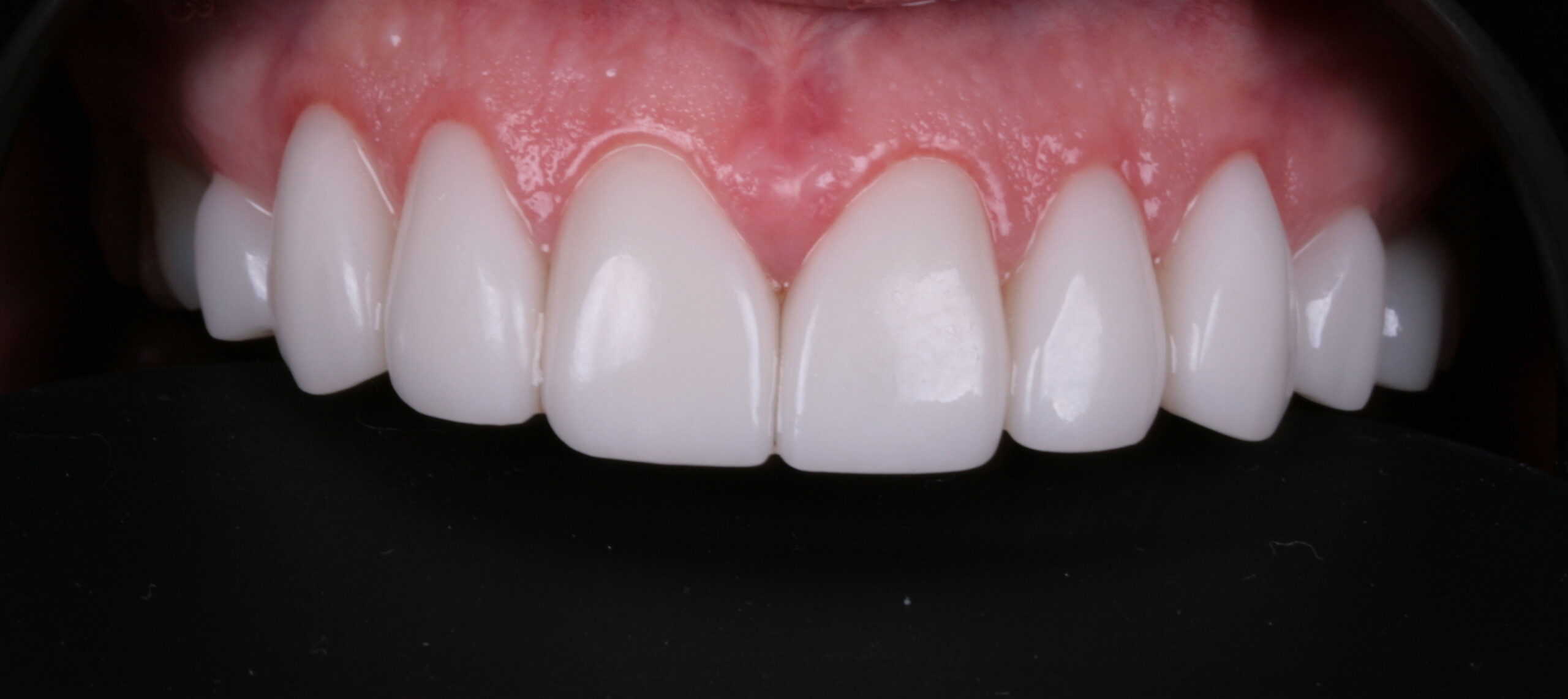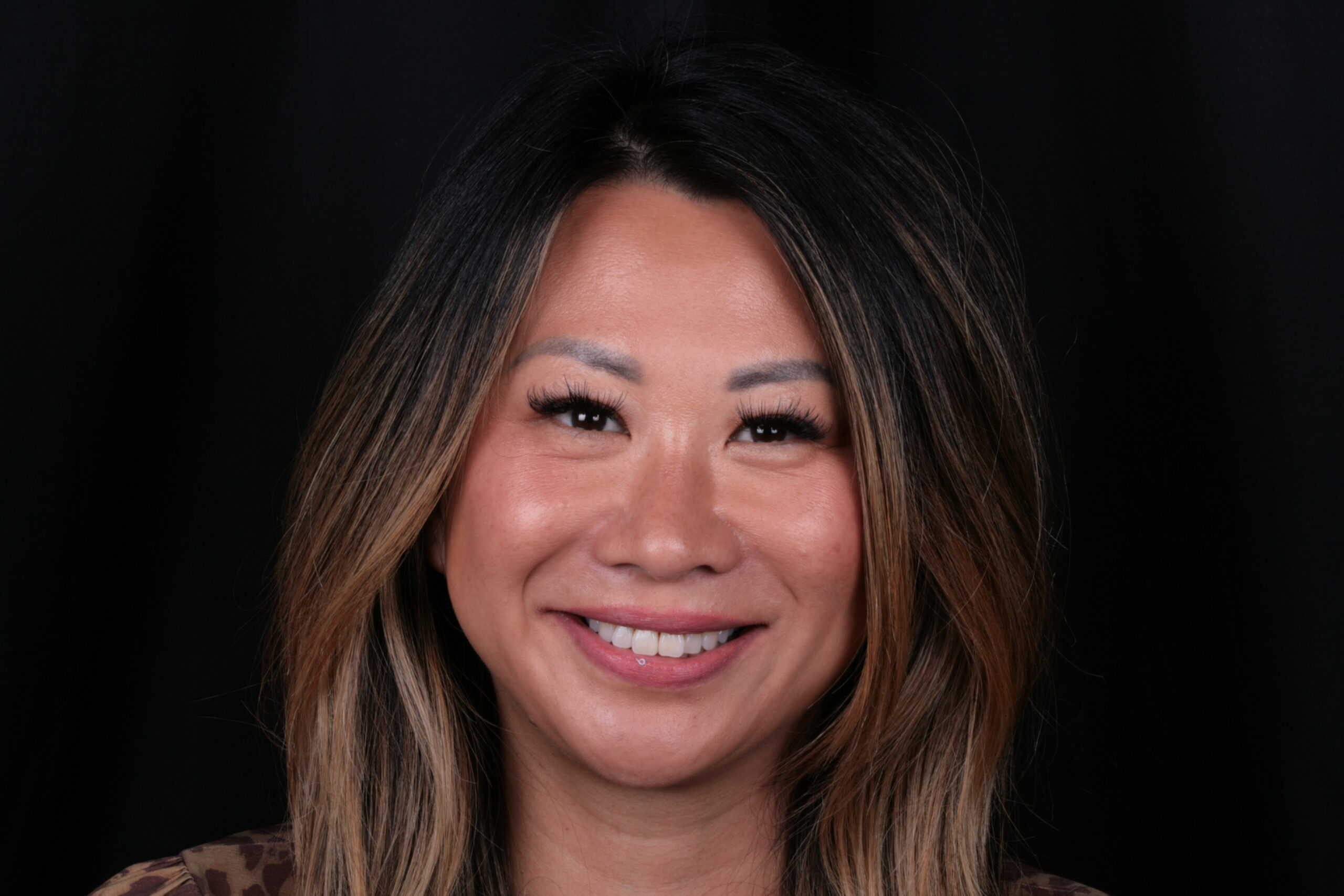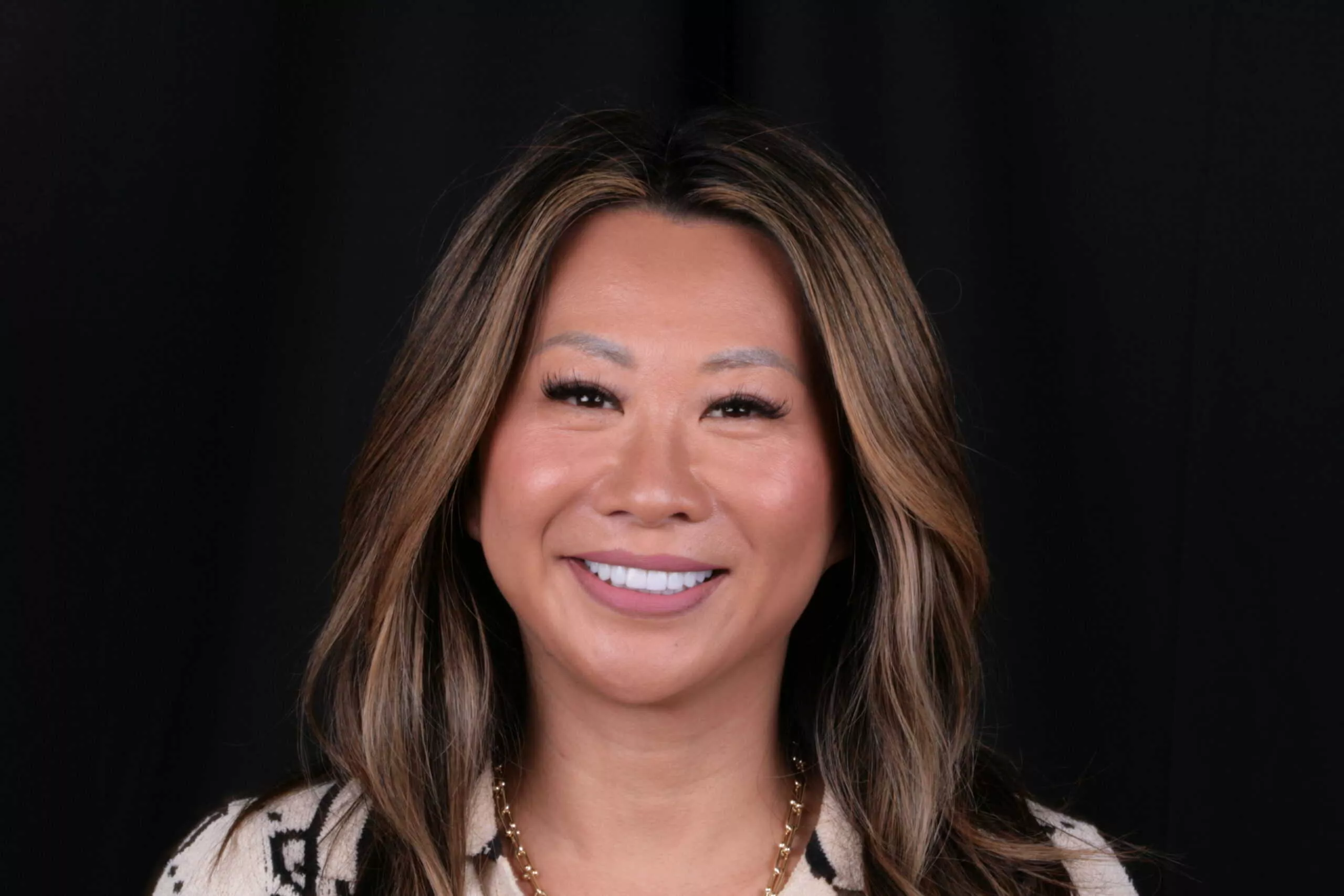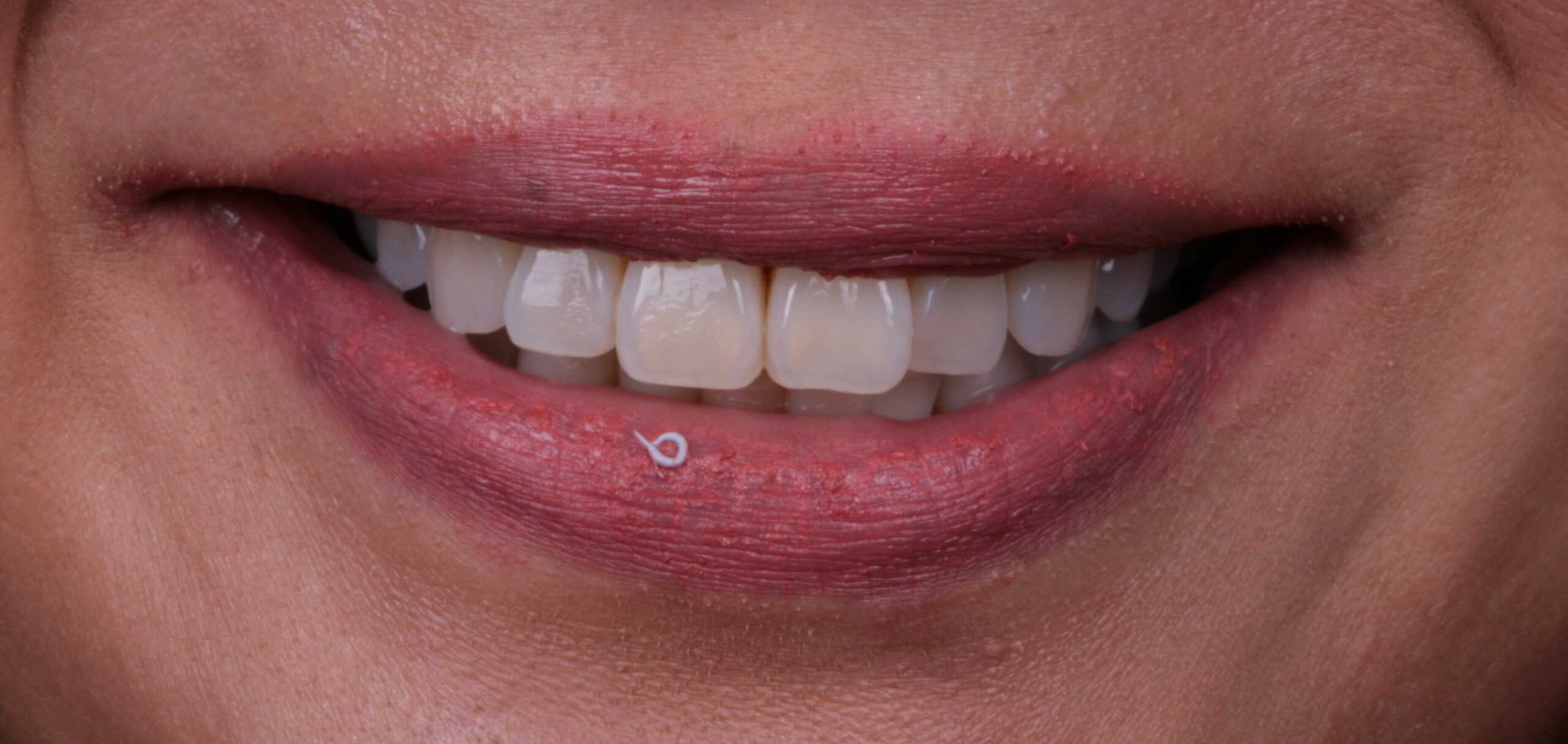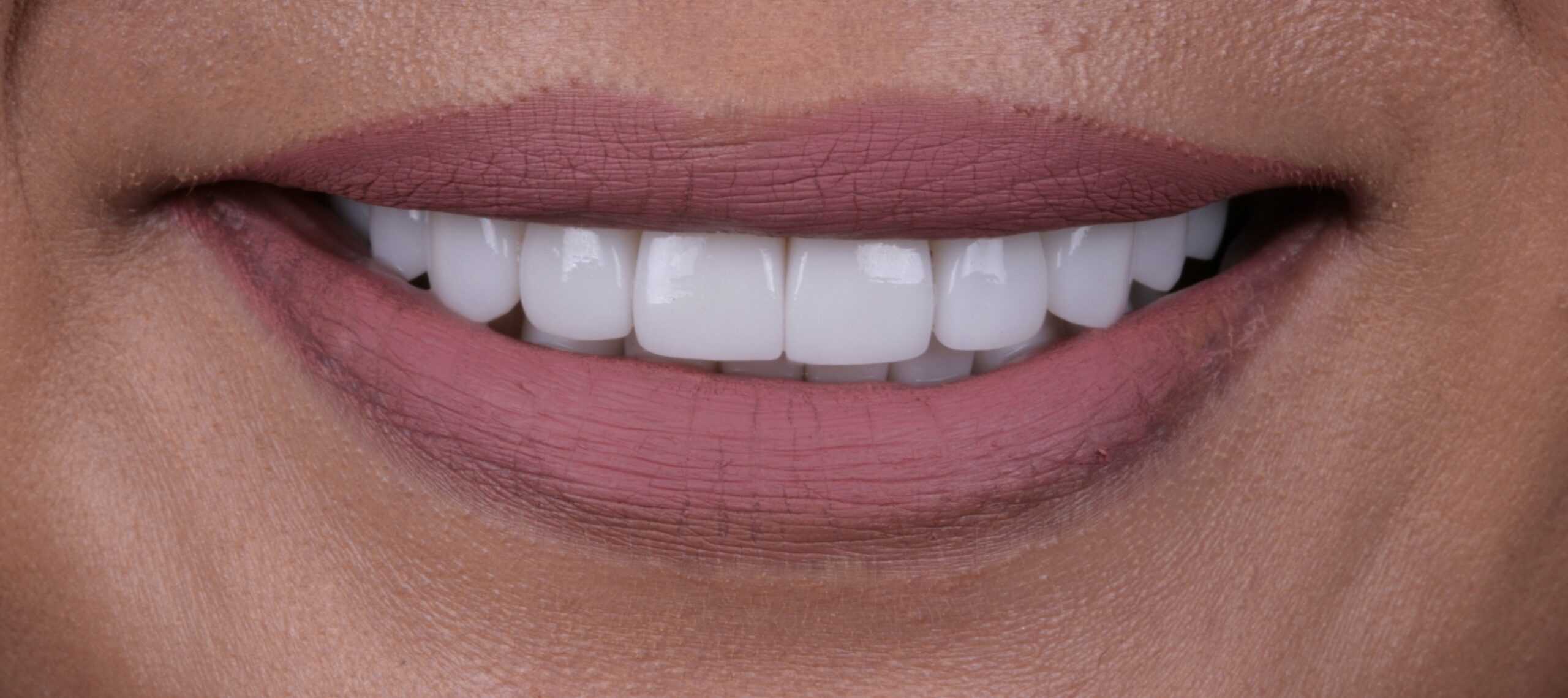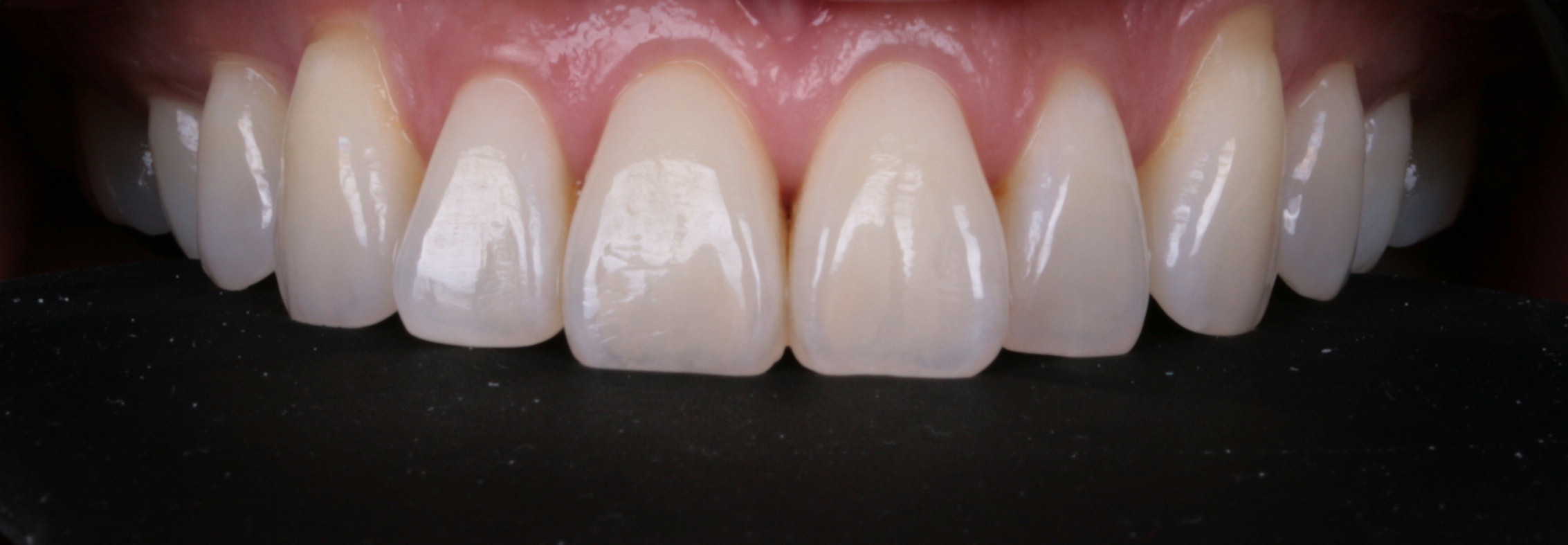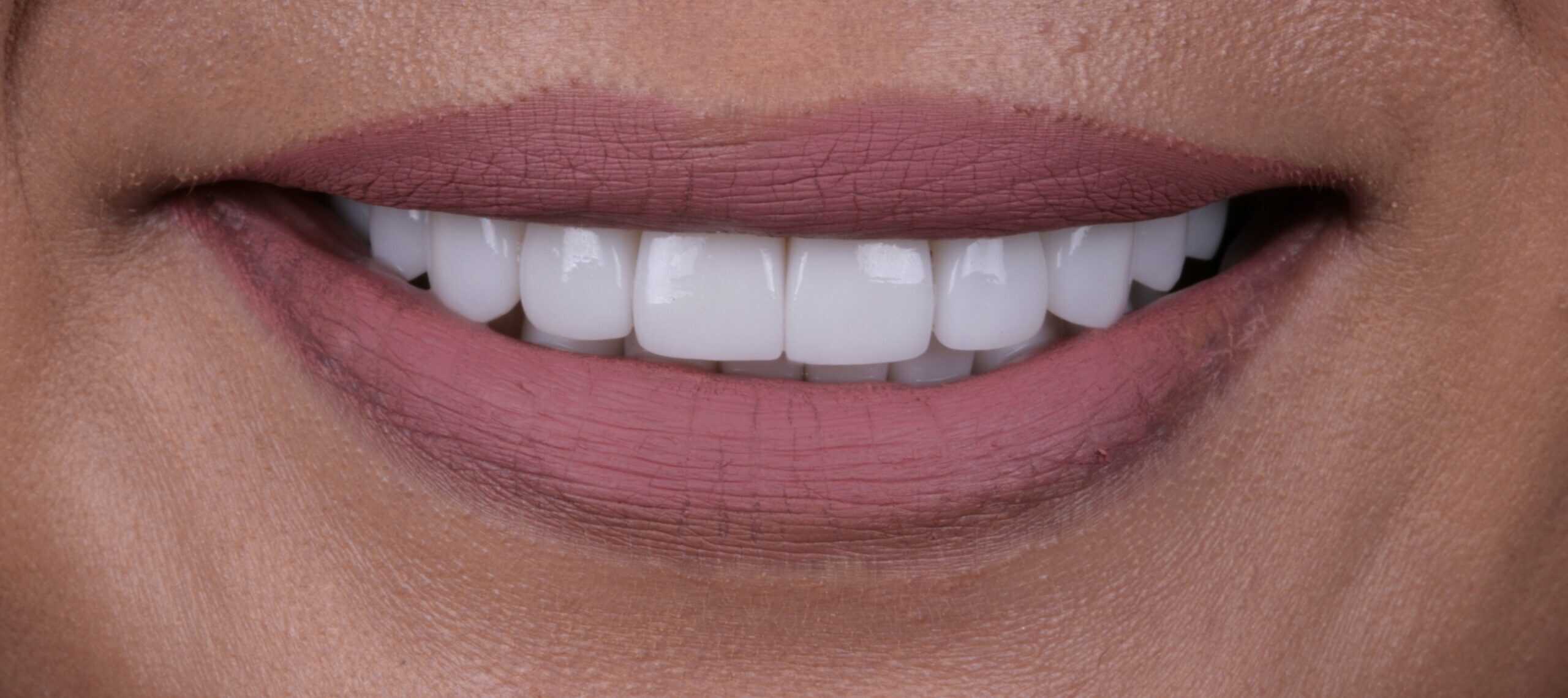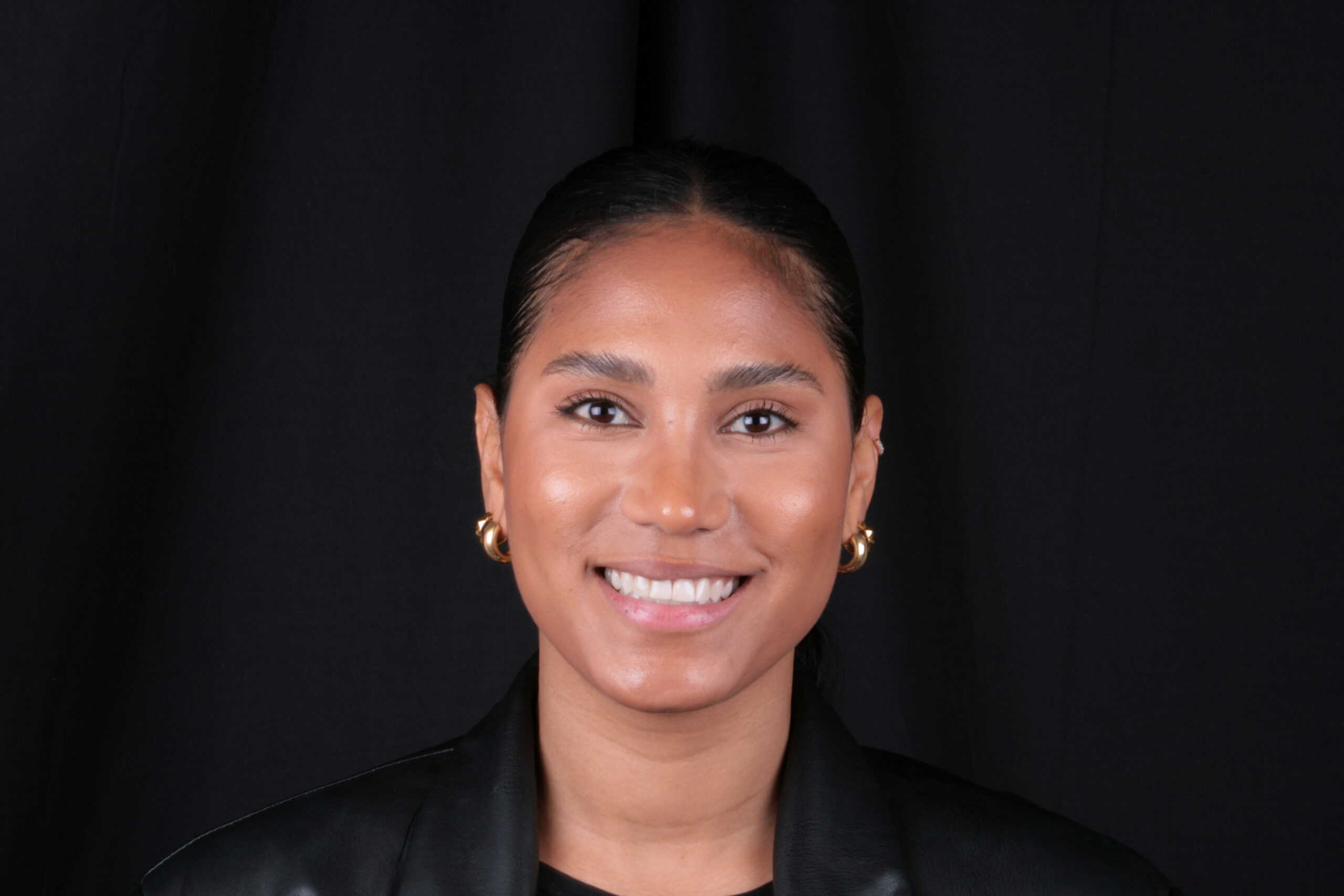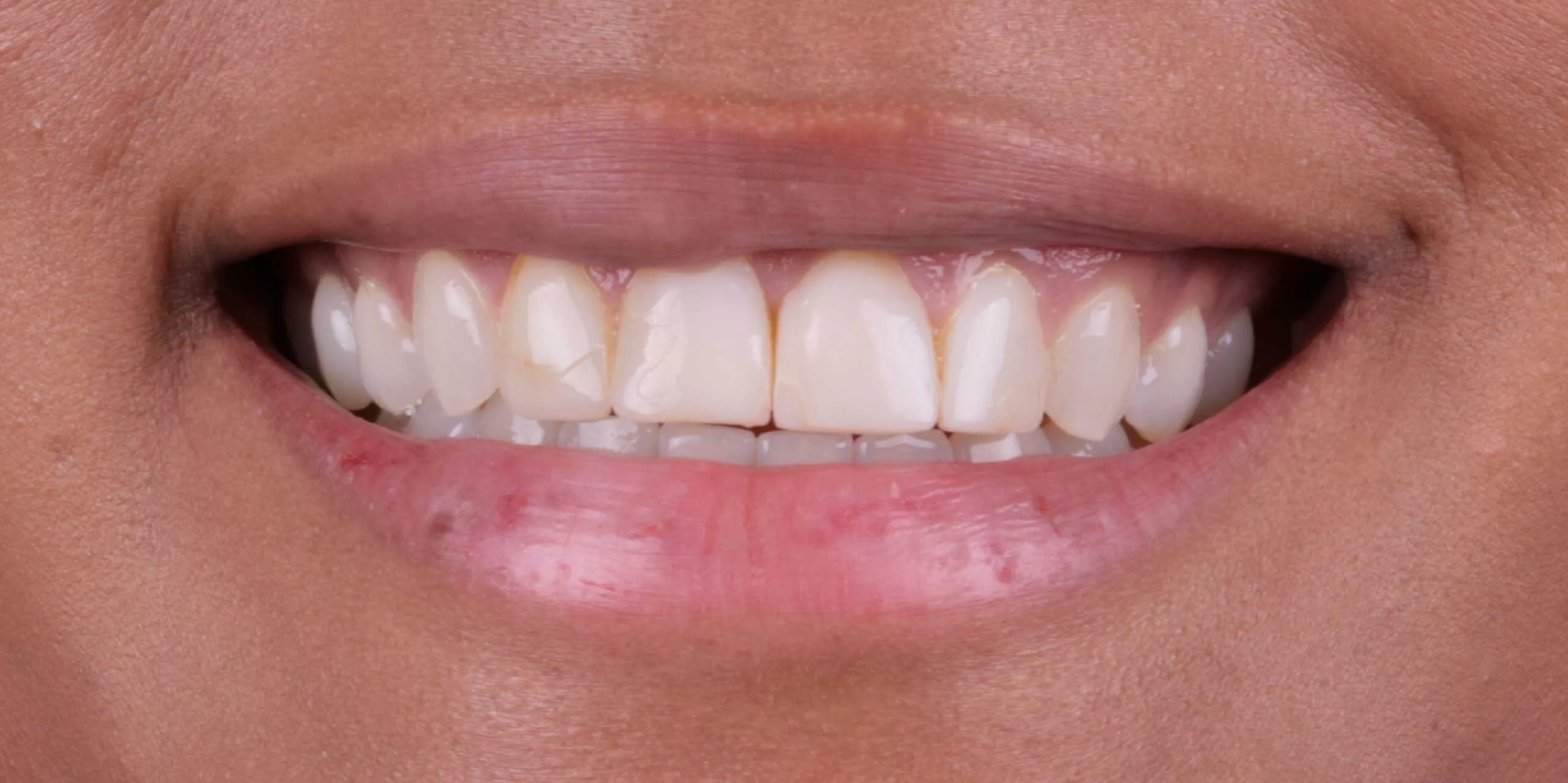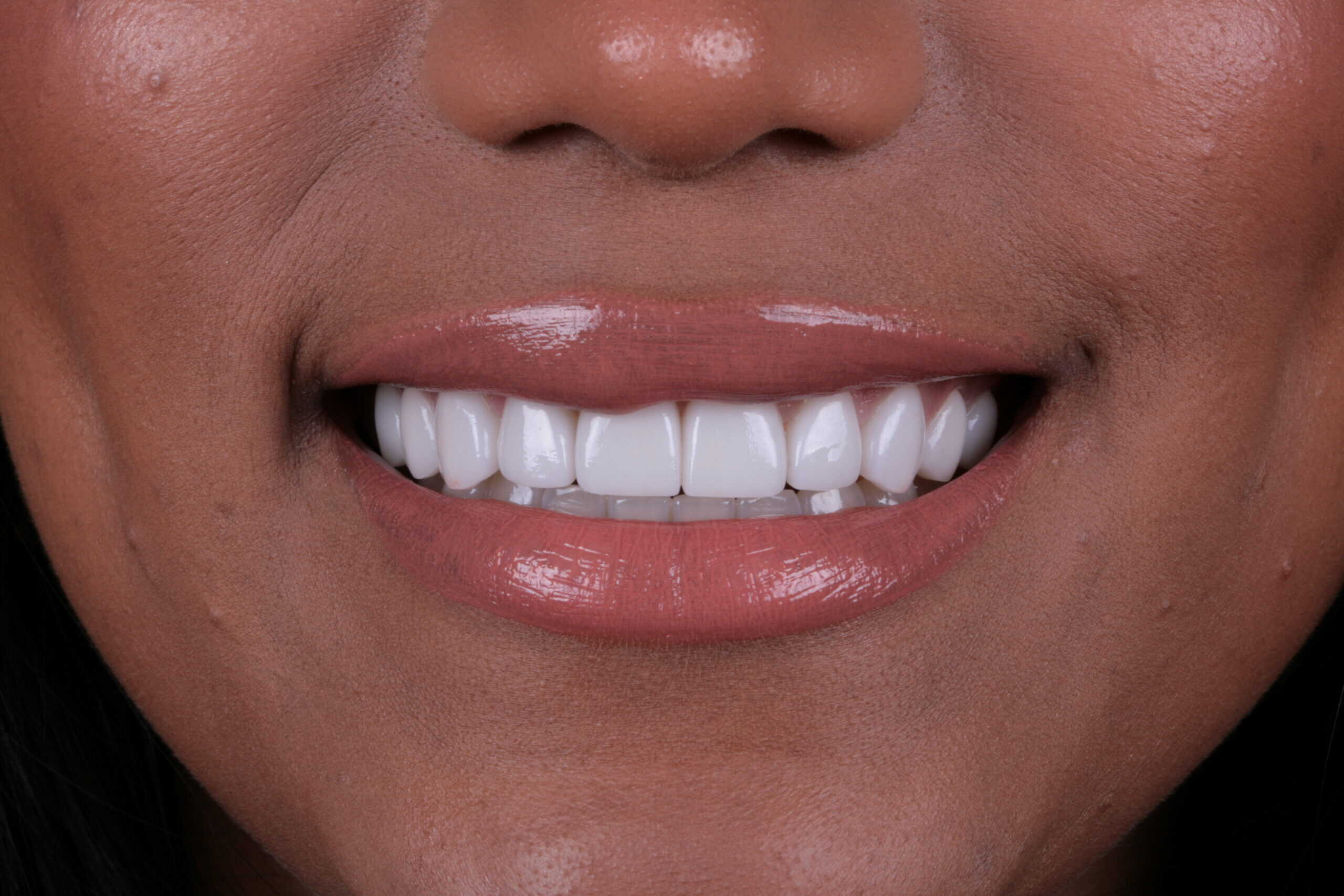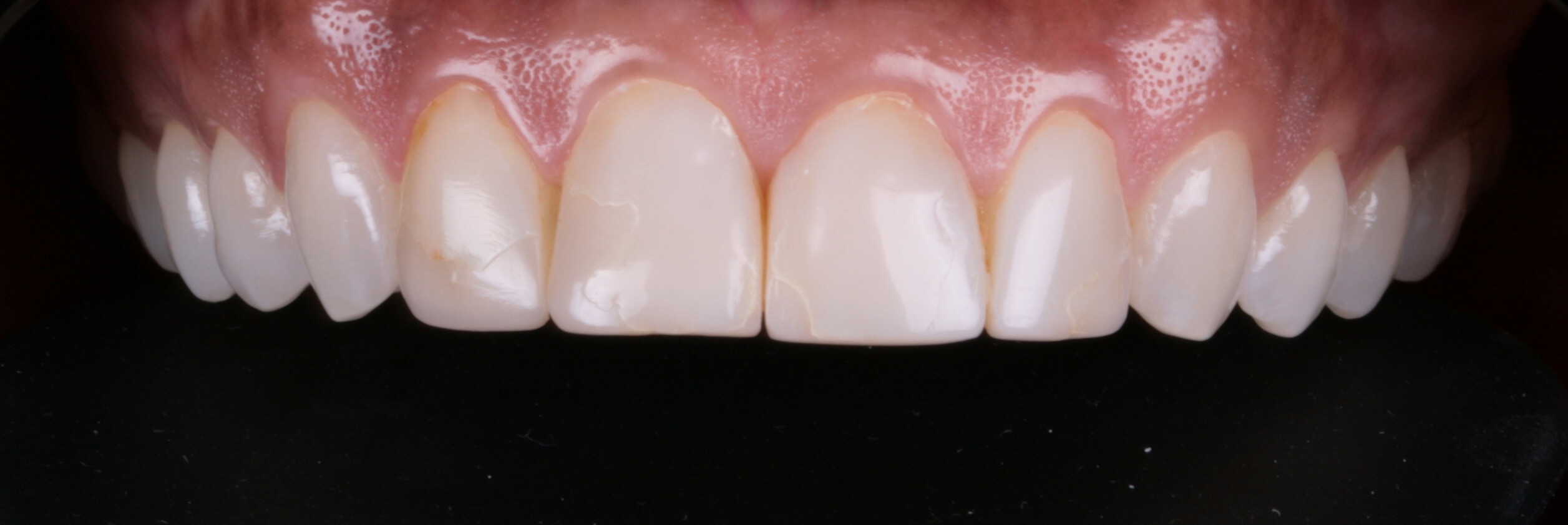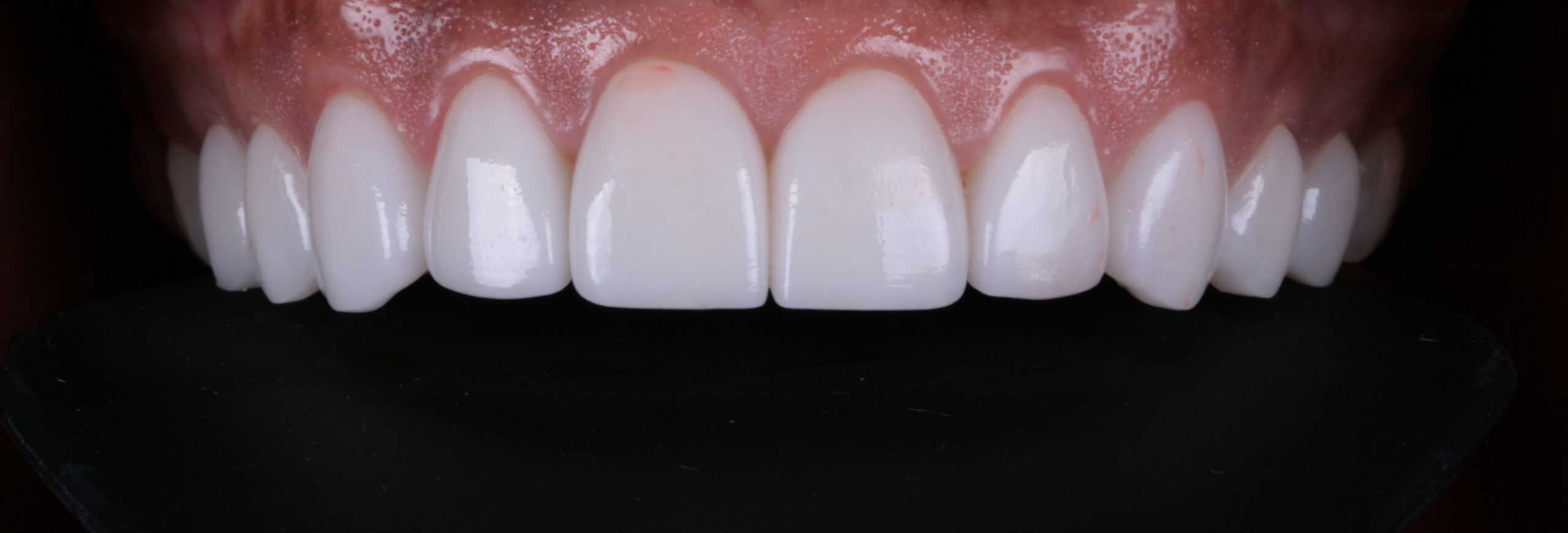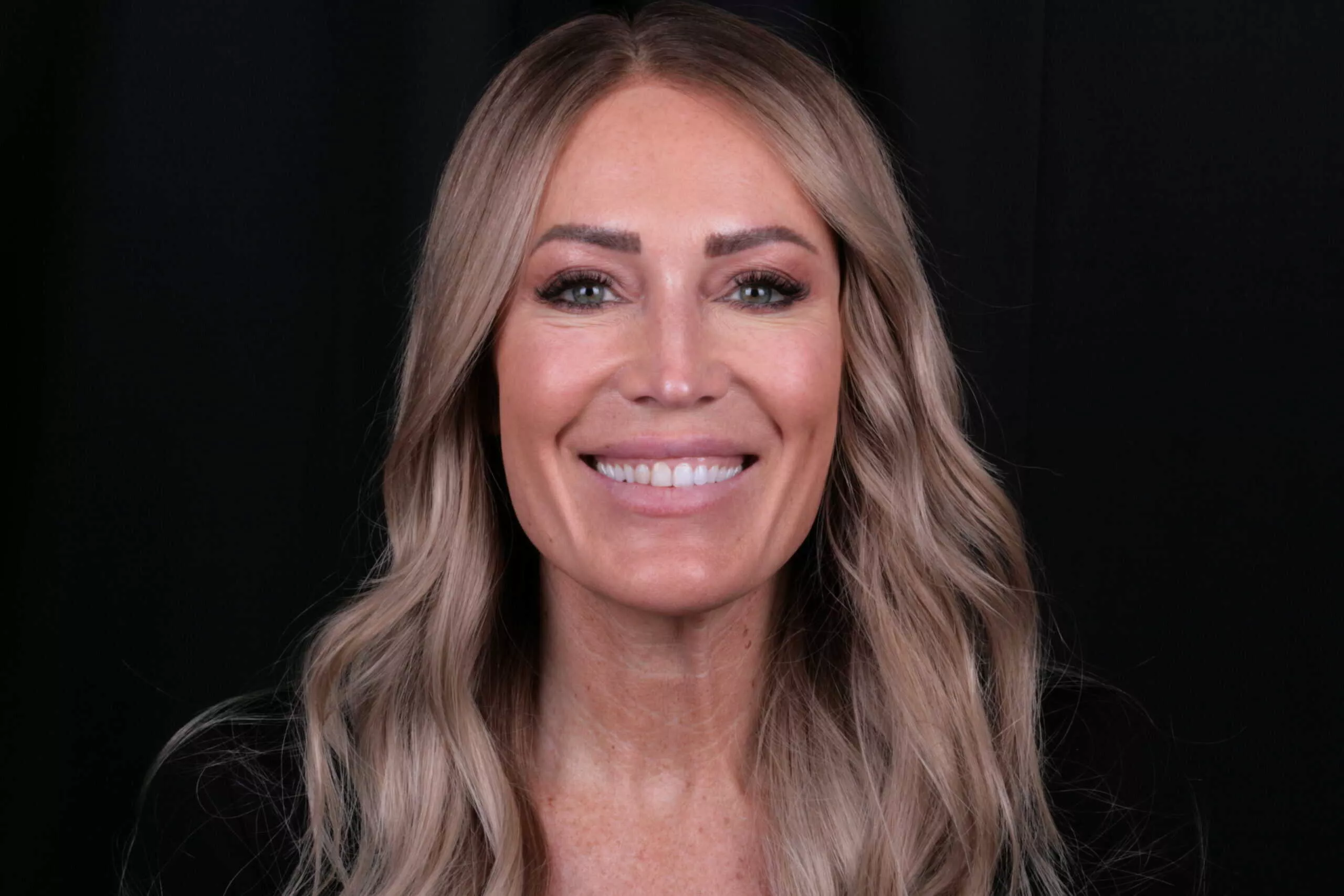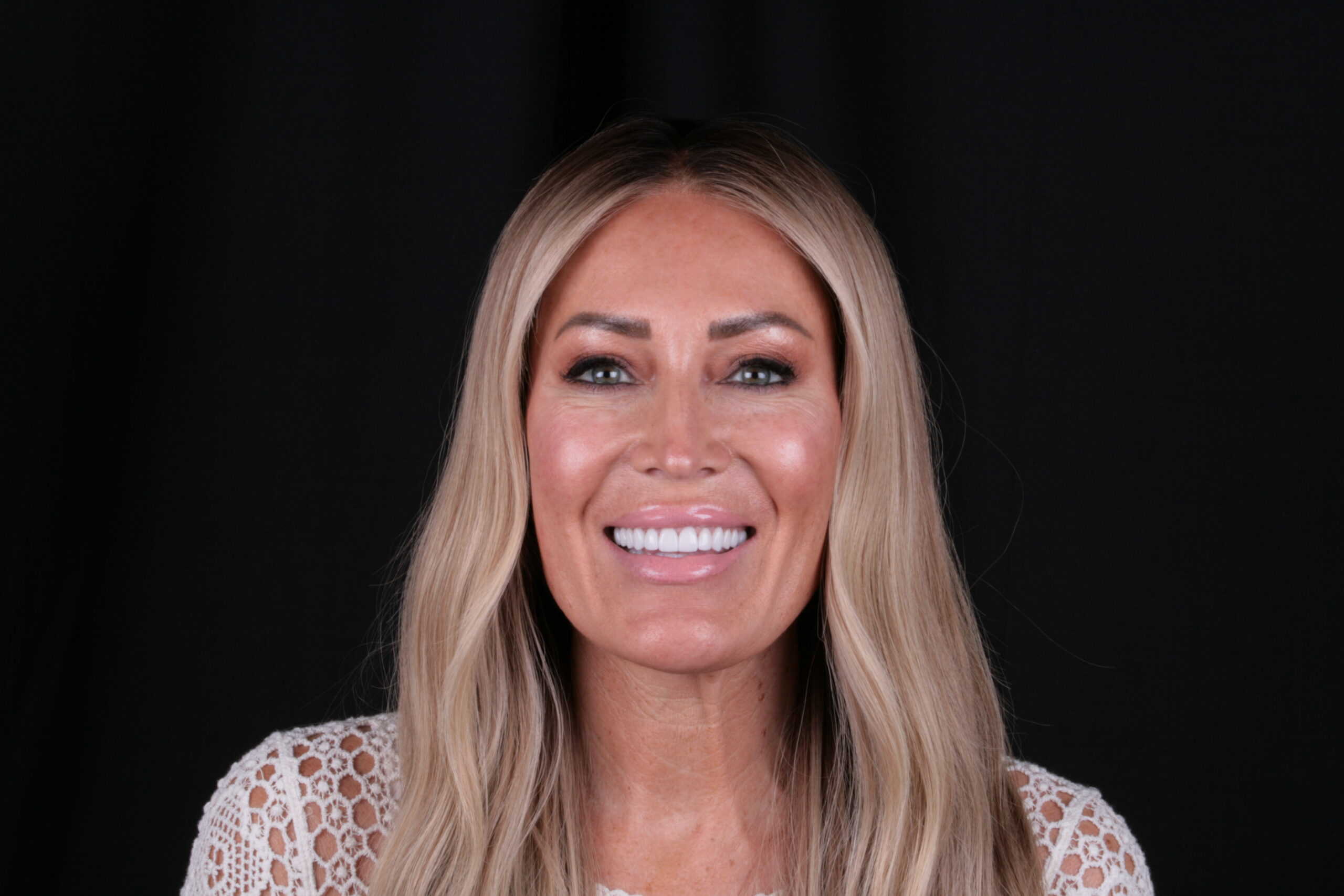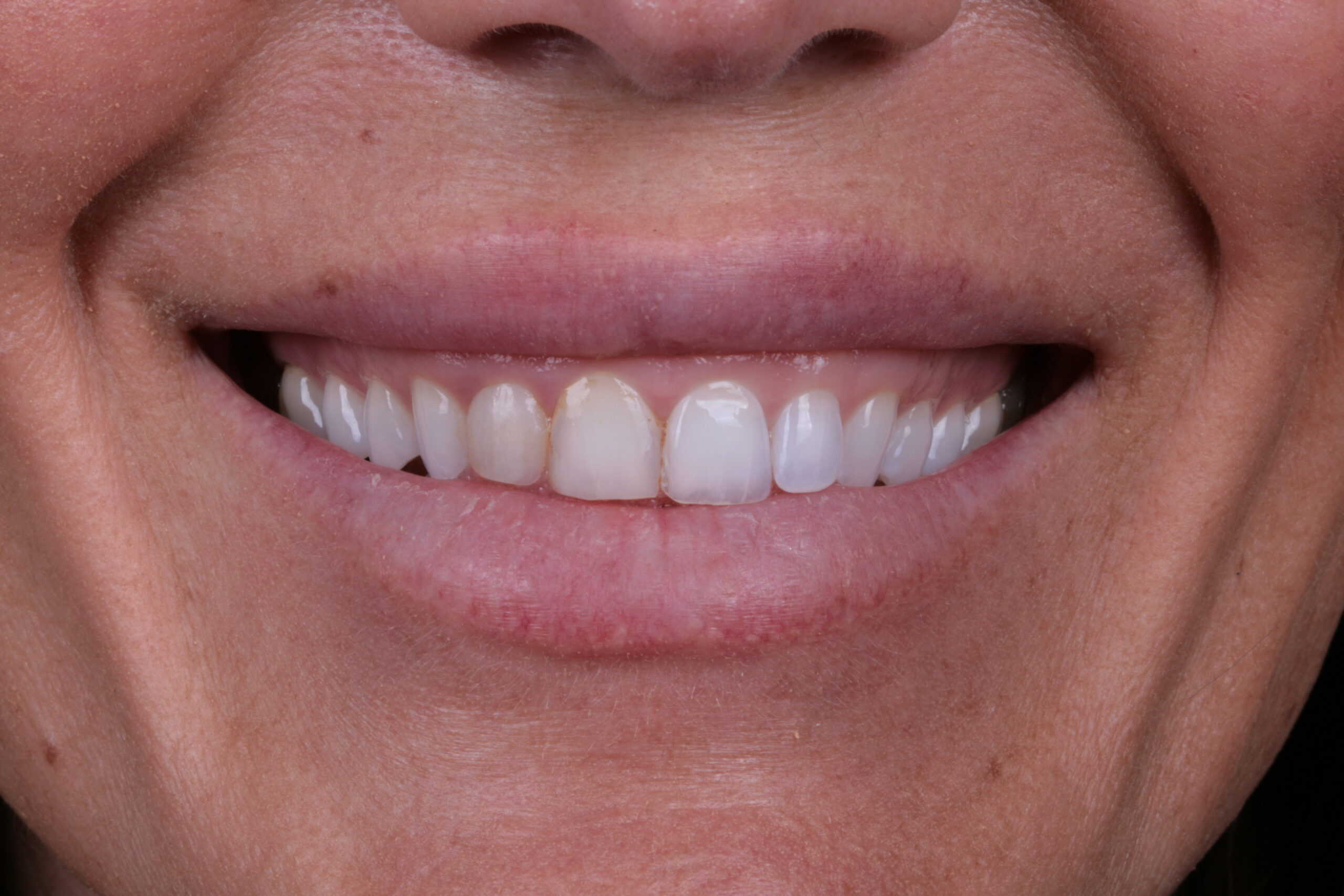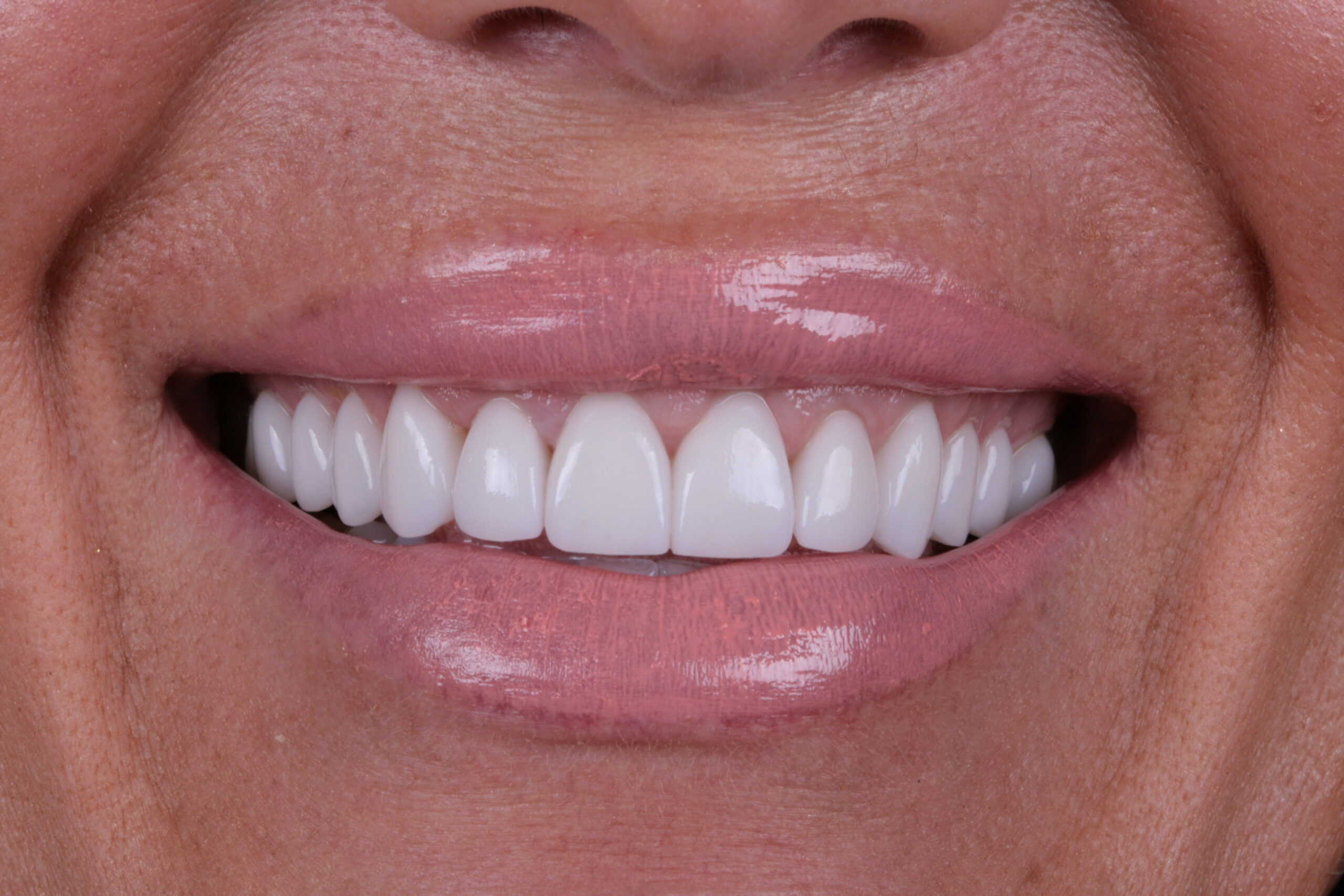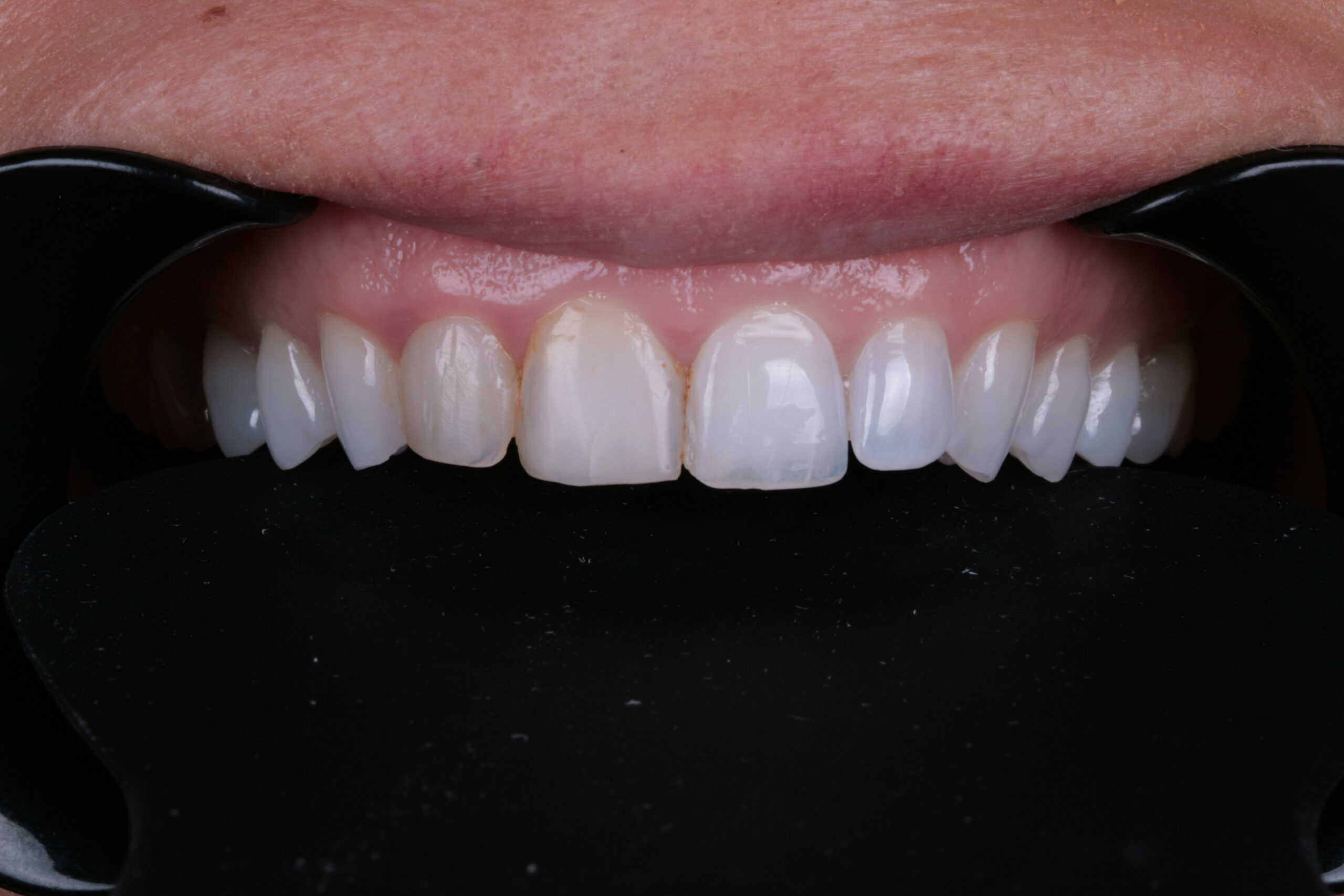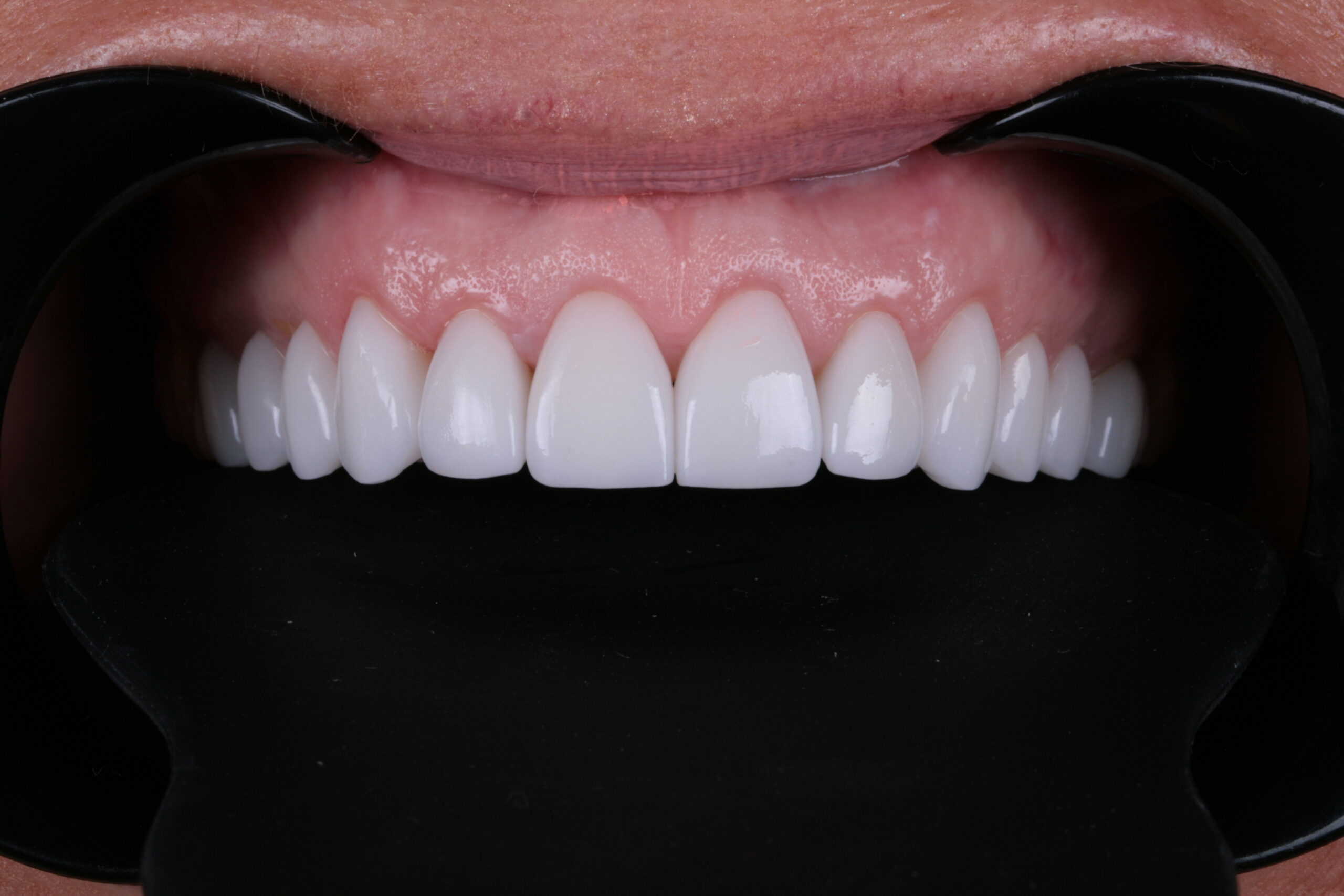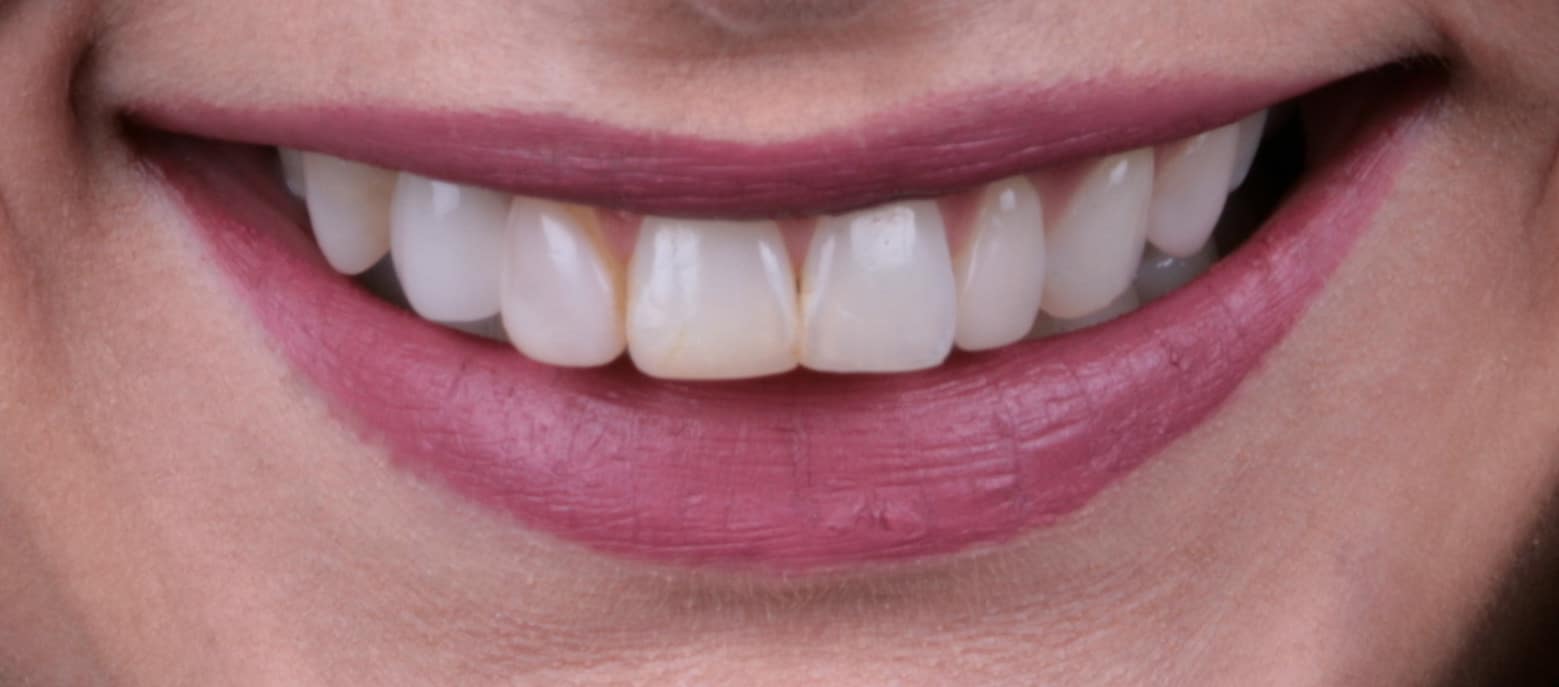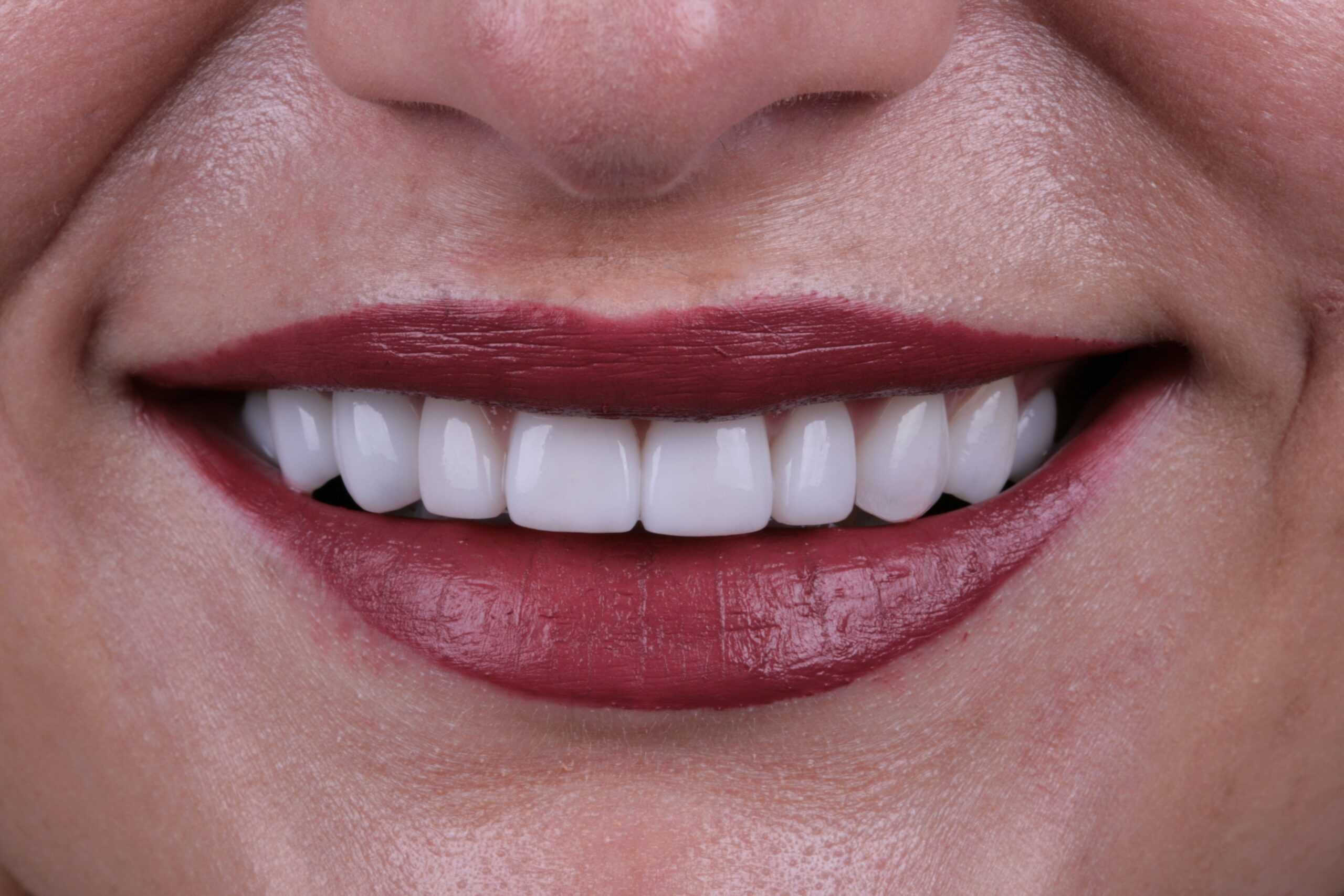Introduction
In dental care, missing teeth can significantly impact an individual’s oral health and well-being. Dental bridges have emerged as a reliable solution to bridge the gap left by missing teeth. This article delves into dental bridges, exploring their benefits, types, procedure, and aftercare. Whether seeking a comprehensive understanding of dental bridges or considering them as a potential treatment option, this article aims to provide valuable insights.
Understanding Dental Bridges
What Are Dental Bridges?
Dental bridges are prosthetic devices designed to fill the gap created by one or more missing teeth. They consist of artificial teeth anchored using adjacent natural teeth or dental implants. Dental bridges restore the appearance of a complete smile and offer functional benefits such as improved speech, enhanced chewing ability, and maintenance of the facial structure.
Types of Dental Bridges
Traditional Dental Bridges: This type of bridge involves creating a crown for the tooth or implant on either side of the gap and placing a pontic in between. Traditional bridges are the most common and are typically made from porcelain fused with metal or ceramics, ensuring durability and a natural appearance.
Cantilever Dental Bridges: Cantilever bridges are similar to traditional ones but are supported by a single adjacent tooth instead of two. This type of bridge is suitable when only one tooth is next to the gap.
Maryland Dental Bridges: Also known as resin-bonded bridges, Maryland bridges consist of porcelain or metal frameworks with artificial teeth and wings on each side. The wings are bonded to the back of the adjacent teeth using resin, supporting the bridge.
Implant-Supported Dental Bridges: These bridges are secured in place by dental implants instead of natural teeth. Dental implants are surgically placed in the jawbone, providing a stable foundation for the bridge. Implant-supported bridges offer excellent stability and prevent bone loss in the jaw.
The Dental Bridge Procedure
Initial Consultation
The dental bridge procedure begins with an initial consultation with a qualified dentist or prosthodontist. The oral health condition will be assessed during this visit, and the most suitable type of dental bridge will be determined based on the individual’s unique needs.
Preparing the Anchor Teeth
The anchor teeth on either side of the gap must be prepared for traditional and cantilever bridges. This involves reshaping the teeth to create space for the placement of dental crowns. The dentist will administer local anesthesia to ensure a comfortable experience.
Impressions and Temporary Bridge
Once the anchor teeth are prepared, impressions of the teeth and the gap are taken. These impressions serve as a blueprint for the creation of the custom bridge. In the meantime, a temporary bridge may be placed to protect the exposed teeth and gums.
Bridge Placement
Once the permanent bridge is ready, the temporary bridge is removed, and the new bridge is carefully fitted and adjusted. The dentist will ensure proper alignment and bite before permanently bonding the bridge. With implant-supported bridges, dental implants are surgically placed first, followed by the attachment of the bridge.
Caring for Dental Bridges
it is essential to maintain good oral hygiene and follow these care tips:
Brushing: Regular brushing twice daily, with a soft-bristle toothbrush and fluoride toothpaste, is crucial to remove plaque and prevent tooth decay.
Flossing: Daily flossing is necessary to clean the areas between artificial and natural teeth or implants supporting the bridge. This helps remove food particles and plaque buildup.
Regular Dental Check-ups: Schedule regular dental check-ups and cleanings to monitor the condition of the dental bridge and overall oral health. The dentist will also ensure the bridge is securely in place and make necessary adjustments.
Avoid Chewing Hard Foods: While dental bridges are designed to be durable, it’s best to avoid chewing on hard foods or objects such as ice or candies, as they can potentially damage the bridge.
Quit Smoking: Smoking can harm oral health and increase the risk of complications with dental bridges. Quitting smoking not only benefits oral health but also promotes overall well-being.
Balanced Diet: Maintaining a balanced diet rich in vitamins and minerals supports optimal oral health. Consuming foods high in calcium, such as dairy products and leafy greens, can contribute to strong teeth and bones.
Use Mouthguards: If you participate in sports or engage in activities that carry a risk of dental injury, wearing a mouthguard can help protect the dental bridge and natural teeth from potential damage.
Conclusion
Dental bridges play a vital role in restoring the function, aesthetics, and confidence of individuals with missing teeth. By filling the gap and mimicking the natural appearance of teeth, bridges provide a long-lasting solution for improved oral health and overall well-being. Understanding the types of bridges available, the procedure involved, and proper aftercare can help individuals make informed decisions and maintain their dental bridges effectively. Consult with a dental professional to explore whether dental bridges are the right choice for you and embark on a journey to regain a complete and beautiful smile.

